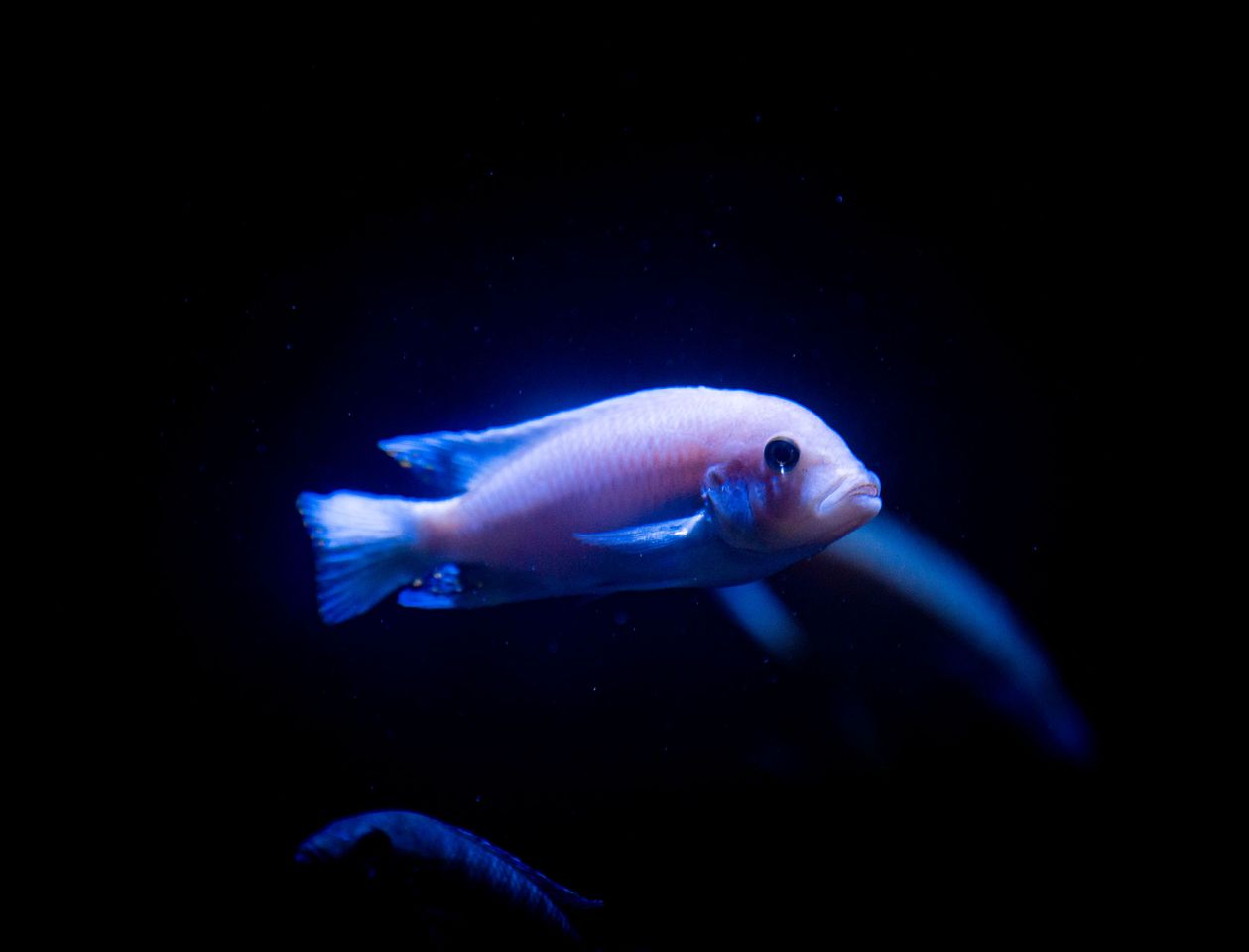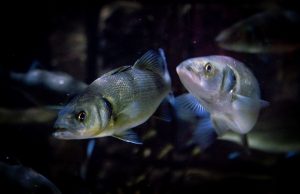
When it come to Cichlids Mother knows best!
Cichlids can be found in tropical America, mainland Africa and Madagascar, and southern Asia with the biggest diversity living in Lake Malawi. There are two preferences amongst cichlids living conditions: Mbuna, which live in the rocky areas of the lake, and the non- Mbuna which live in all the other areas.
All cichlids are different with over 1,300 types throughout the world but in general Cichlids are rather deep-bodied and have one nostril (rather than the usual two) on each side of the head. The lateral line is discontinuous, and there are three or more anal spines. Even between sexes they look very different with males being much brighter in colour.
Across these cichlids there are a range of diets with some only being herbivore some omnivore and some that even prey on smaller types of cichlids. However the biggest differences displayed amongst cichlids is how they breed, to attract a mate some build platforms out of sand whilst others utilise their colouration. Once the eggs are fertilised some mothers will lay them hidden under rocks and leaves but extraordinarily some species of cichlids hold their babies in their mouth which is known as mouth brooders.
Lake Malawi cichlids are facing a very uncertain future, as they are classed from vulnerable to extinct primarily due to over fishing. This has caused devastating effects on cichlid numbers, as many of the larger individuals of cichlid species have become hard to find. Some measures have been introduced to help protect this varied species such as encouraging fishermen to use nets that allow smaller fish to pass through, monitoring fishing grounds, and protect breeding grounds of many cichlid species. Lake Malawi cichlids are also part of captive breeding programs around the world.
Type
Fish: Colourful mouth brooder
What do they eat?
Algae, plants, larvae and fish
Size
Max 25cm
Water Type
Fresh water
Where are we?
Lake Malawi

